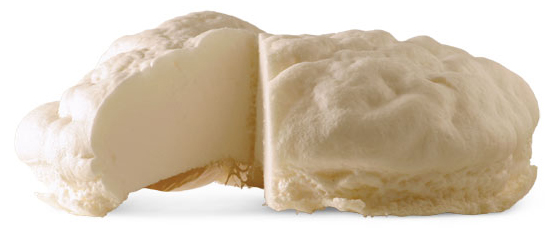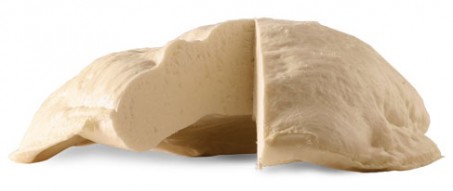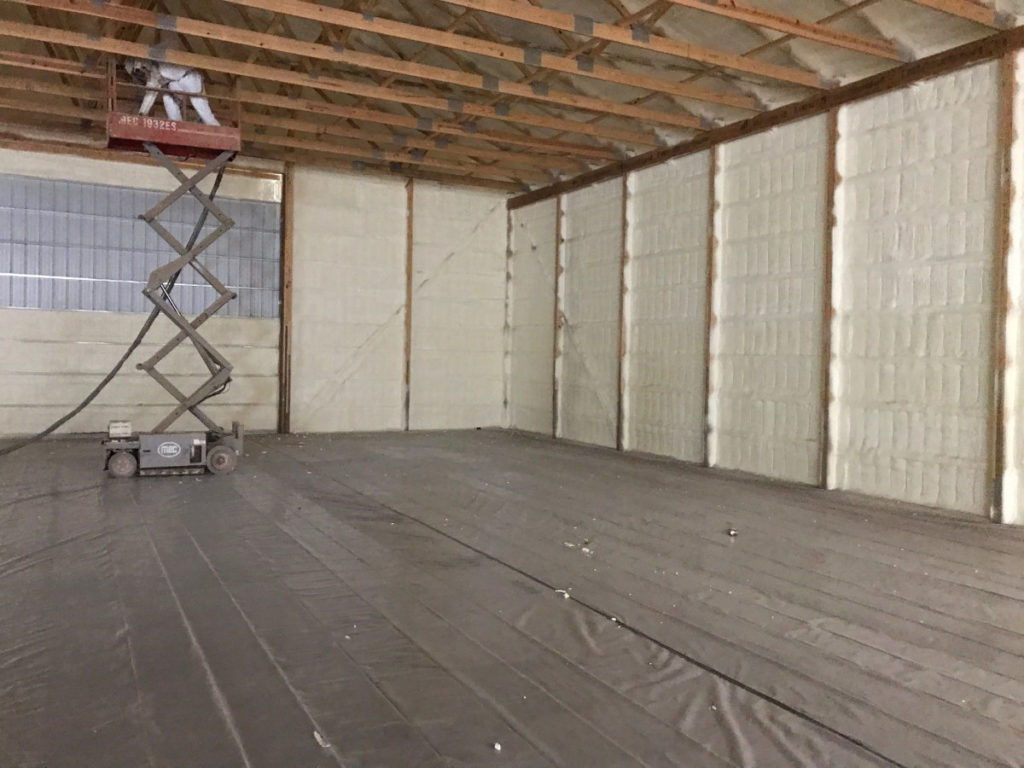What is Spray Foam?
Spray foam insulation, or Spray Polyurethane Foam (SPF) is created using two separate chemical compounds, which are heated and then sprayed simultaneously using specialized equipment. Properly heating and mixing the chemicals produces a reaction that creates in spray foam insulation. The liquid mixture is sprayed onto the surface to be insulated. It then rapidly expands and cures in seconds, forming a solid, seamless, air barrier.
Spray foam is a superior method for insulating commercial and residential buildings alike, because it can be custom-fit to any architectural design or construction material. Spray foam prevents air and moisture intrusion, greatly reduces energy costs, strengthens the building structure and protects the internal air from mold, airborne pollutants and allergens for healthier,
more energy-efficient buildings.
Closed Cell Spray Foam vs. Open Cell Spray Foam
The two types of spray foam insulation are open cell and closed cell.

Open cell is a type of foam in which the tiny cells that comprise it are not completely closed. It is typically less expensive because it uses fewer chemicals. While it is not recommended for outdoor applications, it can provide insulation in 2×6 walls and attics and sound reduction in interior walls during new home construction or renovations.
Open cell spray foam will not shrink or settle and offers:
- R-Values (a measure of thermal resistance) up to R-19 in 2 x 6 construction
- A rapid expansion rate of 150 times its size in seconds
- Great sound barrier properties
- An impermeable air barrier
- Vapor retarder.
- An ideal solution for large voids, 2 x 6 or larger cavities, roof decks and cathedrals.

Closed cell foam insulation is denser, because the cells contain less air and are more compact. Because it is structural in nature, it can be used anywhere in the home—including garages and basements—adding 300 to 400% more strength to the home and acting as a substantial barrier against mold- and mildew-causing moisture in finished basements.
Closed cell foam is ideal for masonry and 2 x 4 or 2 x 6 framing and metal buildings. It won’t shrink or settle and offers:
- Higher R-Values, up to R-17 in 2 x 4 construction and R-28 in 2 x 6 construction
- Increased racking strength (up to 330-400%)
- An excellent vapor barrier at .1 Perm (minimum 2 inches).
Top Ten Reasons to Use Spray Foam Insulation
- Saves much more money than it costs
- Reduces energy usage by 40-70%
- The only insulation that insulates, air-seals and acts as a vapor retarder in one step
- Will NOT hold moisture and will NOT allow mold growth
- Environmentally safe and ecologically friendly
- Suitable for all types of construction
- Creates a healthier, more comfortable and cleaner indoor environment
- Contains sound conditioning properties for a quieter indoor environment
- Forms a perfect fit to any size or shape cavity, cathedral ceilings, and any cracks, gaps or voids left by construction
- Lasts for the lifetime of your home or commercial or industrial building.

